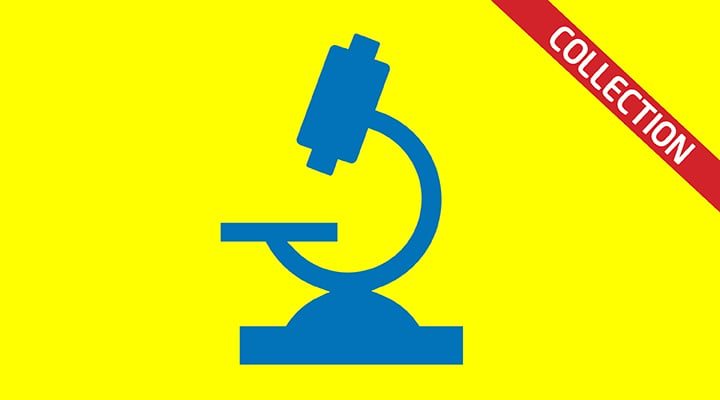

Plastics have attracted severe criticism from the environmentalists because of its lack of biodegradability credentials. The findings suggest that ingesting several servings of salad dressing that had been stored in a warm warehouse for a month might result in a dose of di-(2-ethylhexyl) phthalate (DEHP) on the order of several hundred micrograms, possibly reaching the reference dose limit of 20 μg/kg/day.īesides, playing an increasing role in packaging and consumer products plastics also take up a growing percentage of municipal solid waste streams and pose environmental challenges. Lower-pH condiments such as table vinegar and salad dressing may warrant particular attention. Temperature also appears to influence the leaching both of phthalates and of antimony from PET, with greater leaching at higher temperatures.

Indeed, phthalates are not used as substrates or precursors in the manufacture of PET but the available research suggests that the concentration of phthalates in the contents of PET bottles varies as a function of the contents of the bottle, with phthalates leaching into lower pH products such as soda and vinegar more readily than into bottled water. PET bottles are also commonly used for the packaging of cosmetic products, such as shampoo, particularly when such products are sold in clear plastic bottles. PET is most commonly used to make the clear plastic bottles in which bottled water is sold and as containers for soda beverages, sports drinks, and condiments such as vinegar and salad dressing. Legislatures and government agencies in Australia, Canada, the European Union, and the United States have restricted or prohibited the use of phthalates in consumer products Plastics industry generally asserts that Polyethylene terephthalate (PET) bottles are not a source of endocrine disruptors and must be distinguished from phthalate which acts as an additive and is chemically dissimilar. Growing literature links many of the phthalates with a variety of adverse outcomes, including increased adiposity and insulin resistance, decreased anogenital distance in male infants, decreased levels of sex hormones, and other consequences for the human reproductive system, both for females and males, Infants and children may be especially vulnerable to the toxic effects of phthalates given their increased dosage per unit body surface area, immature metabolic system capability and developing endocrine and reproductive system. has lead to their ubiquitous distribution and abundance in the global environment. Release of phthalates during manufacture, use and disposal of PVC products, in addition to their use as additives in ink, perfumes etc.

Phthalates can be released from soft PVC by surface contact, especially where mechanical pressure is applied e.g. Phthalates migrate into the air, into food and into people including babies in their mother's wombs. Di (2-ethylhexyl phthalate (DEHP), dibutyl phthalate (DBP), di-isononylphthalate (DINP), di-isodecyl phthalate (DIDP), benzyl - butyl - phthalate (BBP) and di-n- octyl- phthalate (DNOP) are phthalates mainly used in converting polyvinyl chloride (PVC) from a hard plastic to a flexible plastic.

PVC is a widely used material, including extensive use in toys and other children's products such as chewy teethers, soft figures and inflatable toys. Phthalates or phthalate esters are esters of phthalic acid mainly used as plasticizers (substances added to plastics to increase their flexibility) in Poly Vinyl Chloride (PVC). Research based on plastics proves their injurious nature towards human health in many direct or indirect ways. While cheap petroleum fuels from which most plastics are derived was once justified to introduce them in place of traditional materials like glass and metals, this plea cannot hold any more since the cost of non-renewable fossil fuels increased several fold during the last 3 decades. Convenience and cost factors have pitch forked plastics as the most preferred material of choice till recently, a rethinking about its impact on environment and sustainability is slowly putting a brake on its continued use. The advent of fuel based plastics has revolutionized the industrial world and there is no area of manufacturing which is untouched by plastics.


 0 kommentar(er)
0 kommentar(er)
